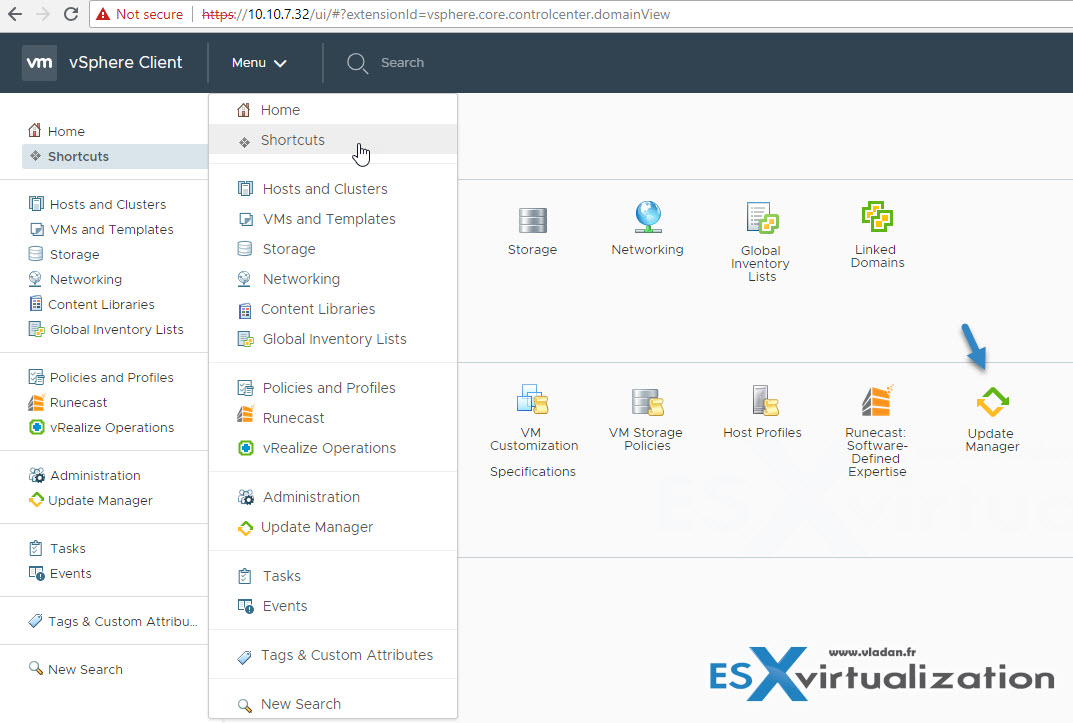

Therefore, there’s no need to at all to rush into this. Even the most insignificant incompatibility of your software or your OS with vSphere 6.7u2 can result in problems, the kind of problems that’ll cost you either money or valuable data. Every time you are working with a new product that has not been but little in use, there is always a risk at hand. Why would anyone need working hard on upgrading infrastructure to VCSA 6.7u2 if there is already VCSA 6.7u3 out there? Well, the simplest answer would be security reasons and compatibility. Of course, the object of discussion itself begets a question of whether it is necessary at all. The news about vSphere 6.7u2 release were around for a while now, but I haven’t moved to VCSA 6.7u2 until I was entirely sure in its stability and performative potential. Although you’ll never know for sure what problem may occur during upgrading, we’ll discuss the most common ones and ways to deal with them. While applying official recommendations from VMware in practice, this material will not only cover preliminary stages of preparing the infrastructure for an upgrade in my testing environment but gradually describe the upgrading process per se.

Starting on this high note, let’s talk about upgrading VCSA 6.5 to 6.7. Whatever the reason, we all eventually come in terms with the necessity to upgrade the infrastructure to the most recent version. Finally, everybody wishes to go with the times and use the latest software. Others are attracted by promises to increase the performance of their environment.

Some, on the other hand, just want to get rid of the bugs they already learned to live with but would rather not. Some admins are pursuing recent versions of familiar products. There are always several reasons to move on from your existing infrastructure.


 0 kommentar(er)
0 kommentar(er)
